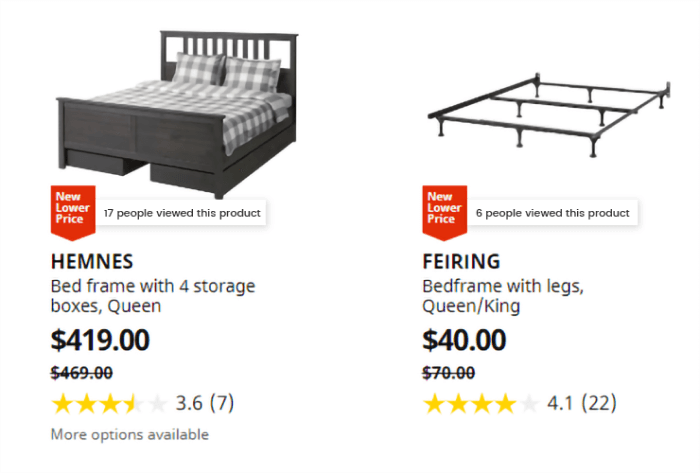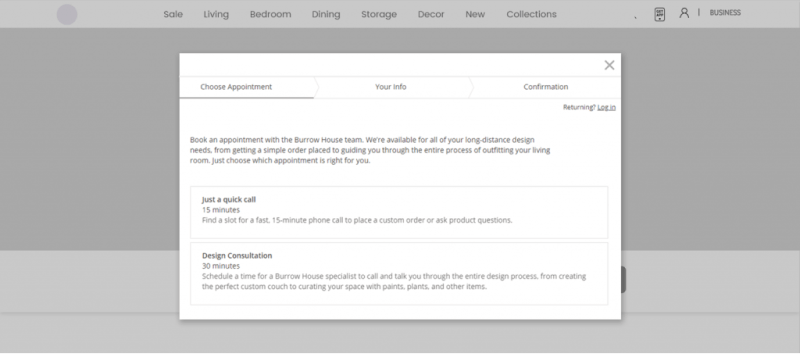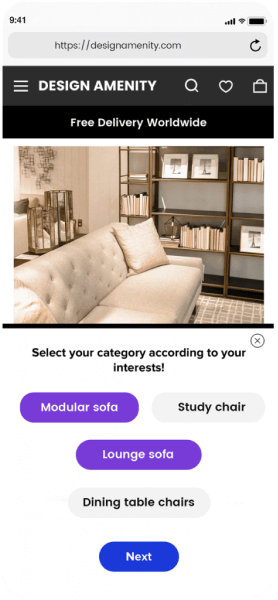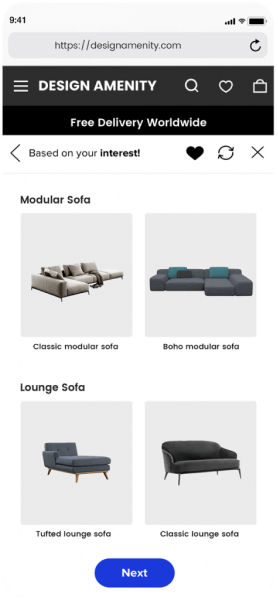Home and furnishing marketing strategies to engage customers and build brand loyalty
Our homes have become a sanctuary like never before. In fact, we have accommodated every extension of our life and consolidated it within our home space. For most of us right now, home is our gym, office and entertainment center, in addition to being our living space Going by this trend, one would expect that Home & Furniture businesses should have done significantly well compared to other businesses. But the reality is different and more complex. Home and Furniture industry saw some interesting trends during the Corona outbreak.
Updated on Apr 22, 2020
Initially, consumers started off by buying more products to make their homes as comfortable and equipped as possible. In fact some companies gave out stipends to their employees to buy office furnishing for their homes. For example, Shopify paid out $1000 USD to its employees to make their home office as comfortable as possible. This led to a solid spike in the sales for home furnishing companies, more so for the ones specializing in office equipment.
After the initial phase, as the pandemic started stretching beyond expectations, this trend seemed to taper off with consumers starting to restrict their spending on luxury items and limiting them to only essentials. This is evident in the fact that there was almost a 26% decrease in retail sales in the US alone in March compared to last year.
This affects how home furnishing companies spend their marketing dollars as well. Most companies have recalibrated themselves to balance their overhead expenditure by reducing their total ad spend. In fact, there has been a 52% decline in ad spend in March this year.
Sales are down and it looks like we will continue seeing a declining trend. An esteemed industry analyst, Jerry Epperson, said Home & Furniture will start regaining its foothold only by September when schools reopen for the new academic year. He also sprinkled optimism by suggesting that retailers should start preparing for that period starting from now. And with that, he brings us to the important question of how marketers in home furnishing companies prepare themselves in this uncertain period and what they should mainly focus on.
Home and furnishing marketing strategies to build lasting customer relationships
Home and furnishing marketing strategies are changing. Customer relationships built on empathy is the key to succeed as our homes have become more than just our sanctuaries.
To build brand awareness and lasting brand loyalty, home and furnishing marketers must do two things:
First, create content and services that emphasize with customer realities and rapidly-changing needs. Hint: These efforts should not just focus on selling your products.
Second, strengthen your eCommerce and online presence to adjust to changes in store traffic. Some drops in brick and mortar shopping are because of the fear of new variants. But it’s also due to people sticking with digital and mobile commerce.
In other words, ensure your online and offline experience is smooth and enjoyable.
Building trust, protecting your brand, and preparing for the hybrid shopping
There are several brands using some really creative and thoughtful campaigns to capture their customers’ attention. Here are a few that we feel hit the right note in delivering a human touch and building brand awareness. These home and furnishing marketing strategies create a deeper connection with their customers by providing value beyond just a product.
- Burrows, modular-sofa maker, offers 15-30 minute virtual consultation to help shoppers learn how to design their homes and to answer their product queries.
- West Elm, another modern furniture retailer, offers downloadable virtual interior scenes for video calls.
- IKEA, a ready-to-assemble furniture retailer, is engaging people through creative advertisements.
6 home and furnishing marketing strategies to strengthen your online presence
1. Use Hello Bars to keep shoppers informed
In many countries, home deliveries are down to the essentials. So there are a lot of questions about services and policies. Use Hello Bars to let your customers know about shipping and delivery changes. Keep the aware of how your brand is responding to the situation and get information they want easily.

2. Highlight product bundles and incentives
People are refraining from spending on luxury items. But with the right incentives, they may reconsider. Share price drop and bundle messaging on banners, web and app push notifications, and in your emails.

3. Offer multiple payment options
Empathize with customers. With supply chain shortages, new variants, and economic uncertainty, more shoppers are hesitant to make big-ticket purchases. But despite this fear, people want their homes to be attractive and comfortable. To help them, offer flexible payment options. Showcase these on your homepage or cart pages.
West Elm’s homepage banner showcases multiple payment options in spot where most shoppers will see them.

4. Combine product badging, social proof, and discounts
Visuals are a great way to present a lot of information in a very concise and easy to digest way. For example, you can use product badging to draw customer’s attention to New, Trending, or Discounted products. This makes it easier for customers to find the products they want when there are many options.

5. Re-engage your customer base with a free design consultation
Ads and emails aren’t the only way to catch a customer’s attention. Burrow offers its shoppers a free virtual consultation. While customers won’t always buy something, it gives your brand a sense of their priorities. Knowing where they’re at and what they’re interested in can helping you plan future home & furnishing marketing strategies.

6. Simplify product discovery with AI-backed product recommendations
It’s important to understand new customer needs before you start recommending products to them. Several factors can drive their decisions, including style, budget, and the room they want to furnish. Using Insider’s Smart Recommender, you can show customers products that match their interest. Also, these AI-backed recommendations factor in each shopper’s browsing behavior, add-to-carts, past purchases, and more.



Looking ahead: What’s next?
Grow with 7 tips and tactics for home and furniture marketers to succeed in an era of home transformation. And, for a closer look at how our platform can solve your specific business needs schedule a personalized demo.



















